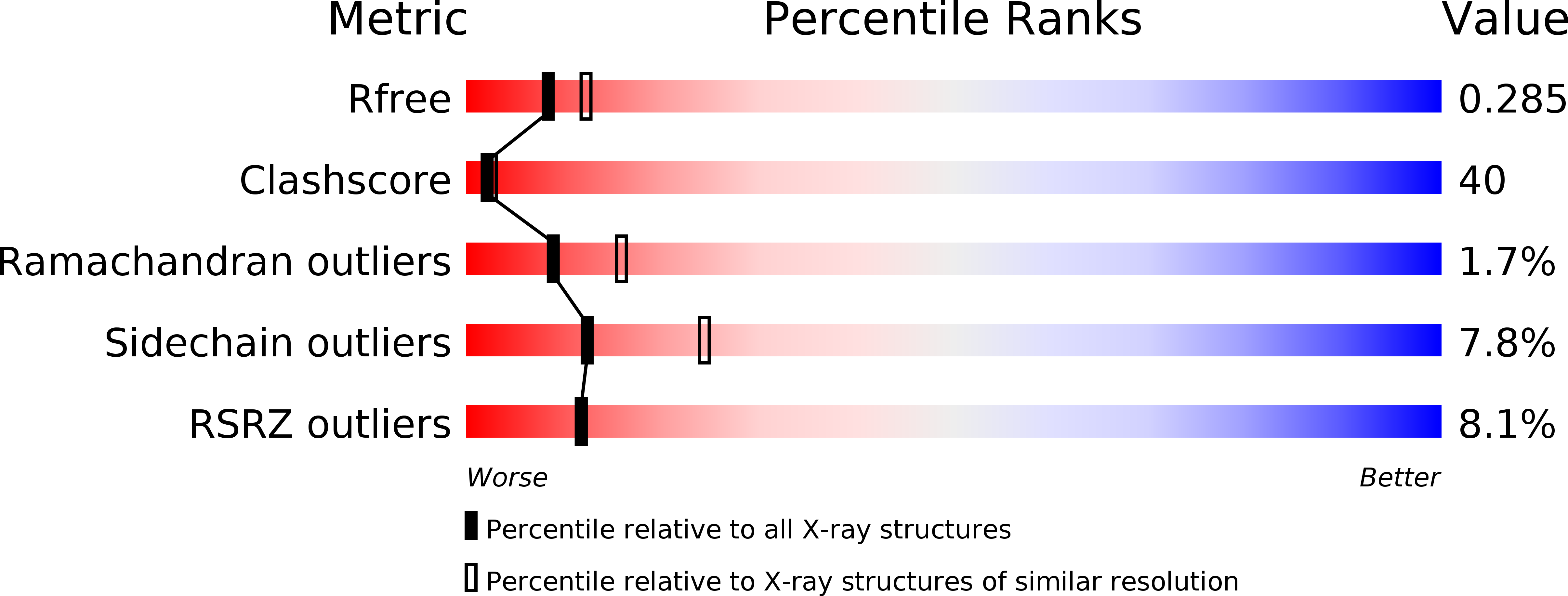
Deposition Date
2008-08-07
Release Date
2009-04-07
Last Version Date
2023-11-01
Method Details:
Experimental Method:
Resolution:
2.50 Å
R-Value Free:
0.27
R-Value Work:
0.23
R-Value Observed:
0.23
Space Group:
P 21 21 21


